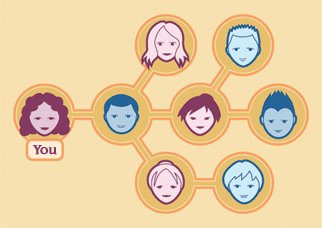Dapper, a Large-Scale Distributed Systems Tracing Infrastructure by Benjamin H. Sigelman, Luiz Andr´e Barroso, Mike Burrows, Pat Stephenson, Manoj Plakal, Donald Beaver, Saul Jaspan, and Chandan Shanbhag.
Abstract:
Modern Internet services are often implemented as complex, large-scale distributed systems. These applications are constructed from collections of software modules that may be developed by different teams, perhaps in different programming languages, and could span many thousands of machines across multiple physical facilities. Tools that aid in understanding system behavior and reasoning about performance issues are invaluable in such an environment.
Here we introduce the design of Dapper, Google’s production distributed systems tracing infrastructure, and describe how our design goals of low overhead, application-level transparency, and ubiquitous deployment on a very large scale system were met. Dapper shares conceptual similarities with other tracing systems, particularly Magpie [3] and X-Trace [12], but certain design choices were made that have been key to its success in our environment, such as the use of sampling and restricting the instrumentation to a rather small number of common libraries.
The main goal of this paper is to report on our experience building, deploying and using the system for over two years, since Dapper’s foremost measure of success has been its usefulness to developer and operations teams. Dapper began as a self-contained tracing tool but evolved into a monitoring platform which has enabled the creation of many different tools, some of which were not anticipated by its designers. We describe a few of the analysis tools that have been built using Dapper, share statistics about its usage within Google, present some example use cases, and discuss lessons learned so far.
A very important paper for anyone working with large and complex systems.
With lessons on data sampling as well:
… we have found that a sample of just one out of thousands of requests provides sufficient information for many common uses of the tracing data.
You have to wonder in “data in the petabyte range” cases, how many of them could be reduced to gigabyte (or smaller) size with no loss in accuracy?
Which would reduce storage requirements, increase analysis speed, increase the complexity of analysis, etc.
Have you sampled your “big data” recently?
I first saw this at Alex Popescu’s myNoSQL.

